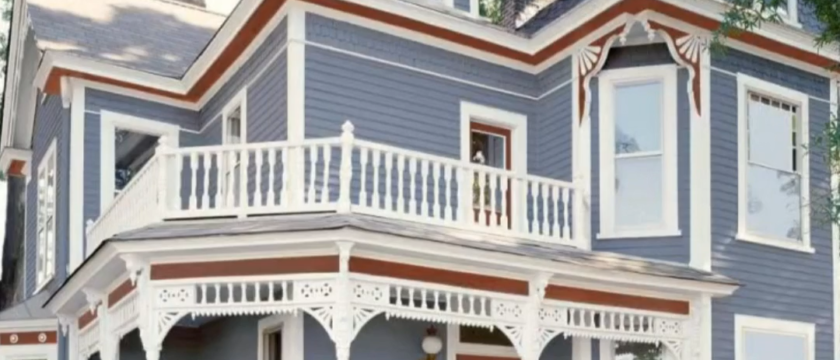Updating Your Historic Home Without Losing Its Charm
Preserving History While Embracing Modern Living: How to Update Your Historic Home Without Losing Its Charm
Historic homes have a unique character that sets them apart. From intricate millwork to handcrafted details, these homes tell a story of architectural artistry and timeless design. But owning a historic home doesn’t mean you have to live in the past. With thoughtful updates, you can enhance your home’s functionality and style while respecting its heritage. Here’s how to modernize your historic home without sacrificing its charm.
1. Embrace Color While Preserving Character
One of the easiest ways to refresh a historic home is through color. A new paint scheme can highlight architectural details and breathe new life into a space. Consider historically inspired colors that align with the home’s era, or opt for modern shades that complement its existing woodwork and trim. The key is balance—enhancing the space without overwhelming its character.
2. Restore, Don’t Replace, Original Millwork
Historic homes are known for their beautifully crafted millwork, from wainscoting and crown molding to intricate staircases. Whenever possible, restore rather than replace these features. If pieces are damaged, seek skilled craftsmen who specialize in historic woodwork restoration to maintain authenticity. If you need to add new millwork, choose designs that echo the home’s original details.
3. Upgrade Fixtures and Hardware Thoughtfully
Modernizing lighting, plumbing fixtures, and door hardware can make a significant impact while still honoring the home’s history. Opt for vintage-inspired or timeless fixtures that blend seamlessly with the existing style. Oil-rubbed bronze, unlacquered brass, and classic glass or ceramic knobs are excellent choices that feel appropriate for historic homes.
4. Modernize the Kitchen and Bathrooms with Sensitivity
Kitchens and bathrooms in historic homes often need updates for modern convenience, but these changes should be made with respect to the home’s original style. Consider:
- Custom cabinetry that mimics original woodwork
- Marble or soapstone countertops for a classic look
- Clawfoot tubs, pedestal sinks, and vintage-inspired tile in bathrooms
- Paneled or inset cabinetry rather than modern flat-panel designs
5. Improve Energy Efficiency Without Sacrificing Aesthetics
Older homes weren’t built with modern energy efficiency in mind, but that doesn’t mean you can’t make upgrades while keeping their character intact. Some solutions include:
- Upgrading insulation without disturbing original walls
- Installing energy-efficient storm windows to preserve original windows
- Adding smart home technology discreetly, such as thermostats that blend in with the home’s style
6. Repurpose and Reuse Salvaged Materials
When making updates, look for opportunities to reuse original materials or find salvaged pieces that match the era of your home. Architectural salvage shops can be great sources for period-appropriate doors, light fixtures, tiles, and reclaimed wood flooring.
7. Work with Professionals Who Understand Historic Homes
Not all contractors are equipped to handle the delicate balance of restoration and modernization. Partnering with a team like LaMay Property Development ensures that every update is made with respect to the home’s history and craftsmanship. Our experience in high-end historic renovations allows us to create seamless upgrades that enhance, rather than erase, a home’s character.
Conclusion
Updating a historic home doesn’t mean stripping it of its charm—it’s about enhancing its beauty while making it more livable for today’s needs. Whether you’re restoring intricate millwork, refreshing colors, or modernizing kitchens and bathrooms, careful planning and expert craftsmanship are key to a successful renovation.
If you’re ready to bring your historic home into the present while honoring its past, contact LaMay Property Development today.
